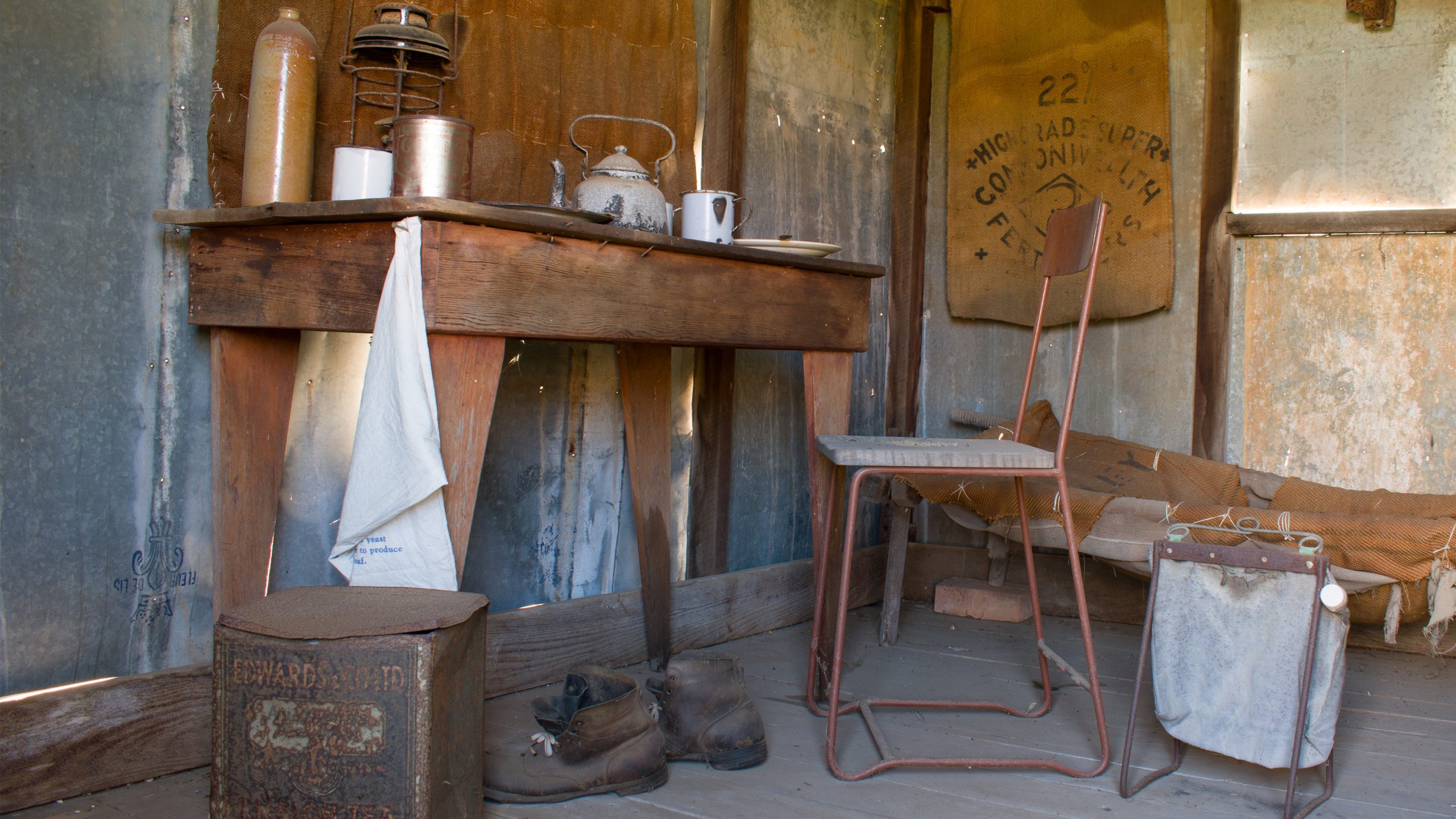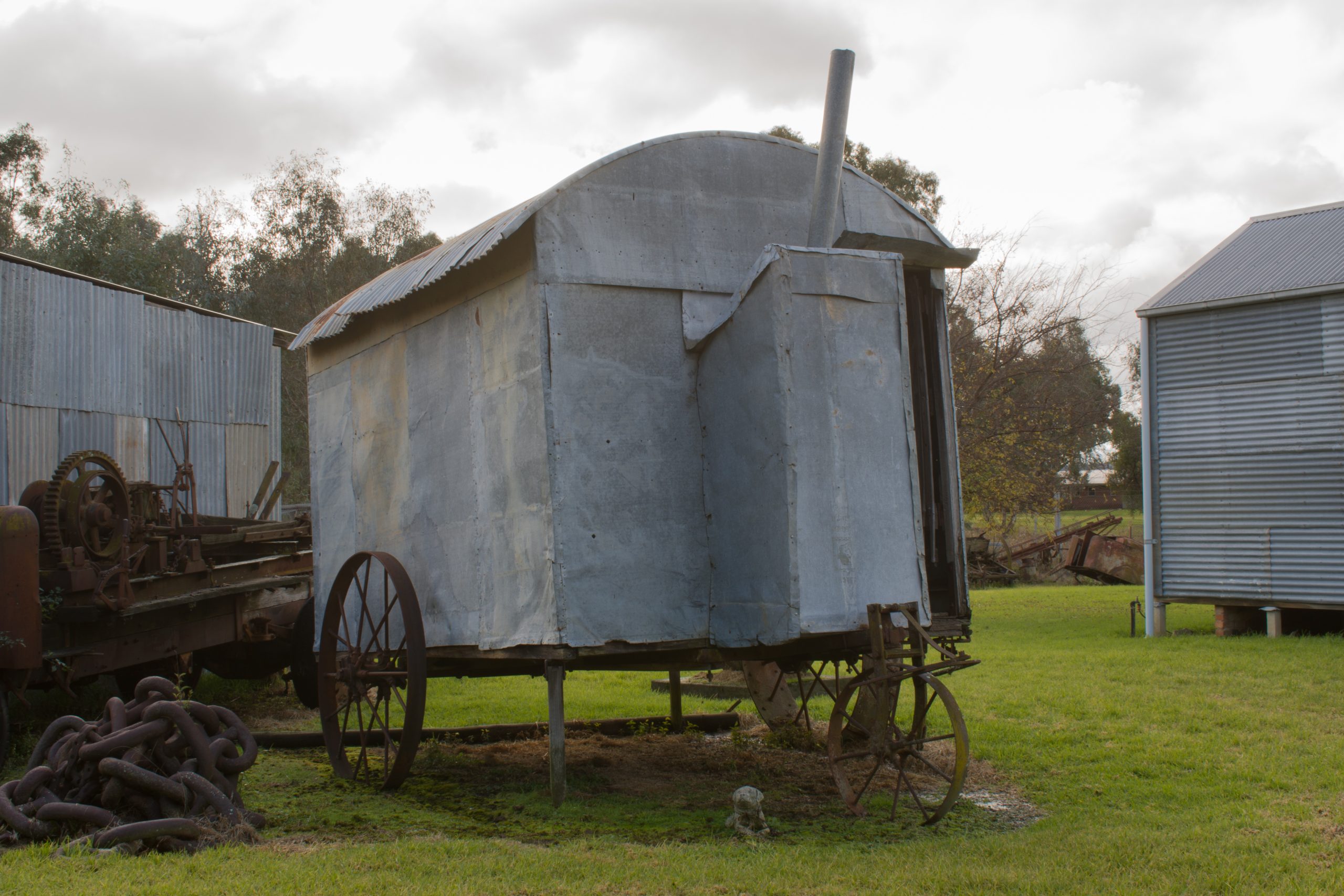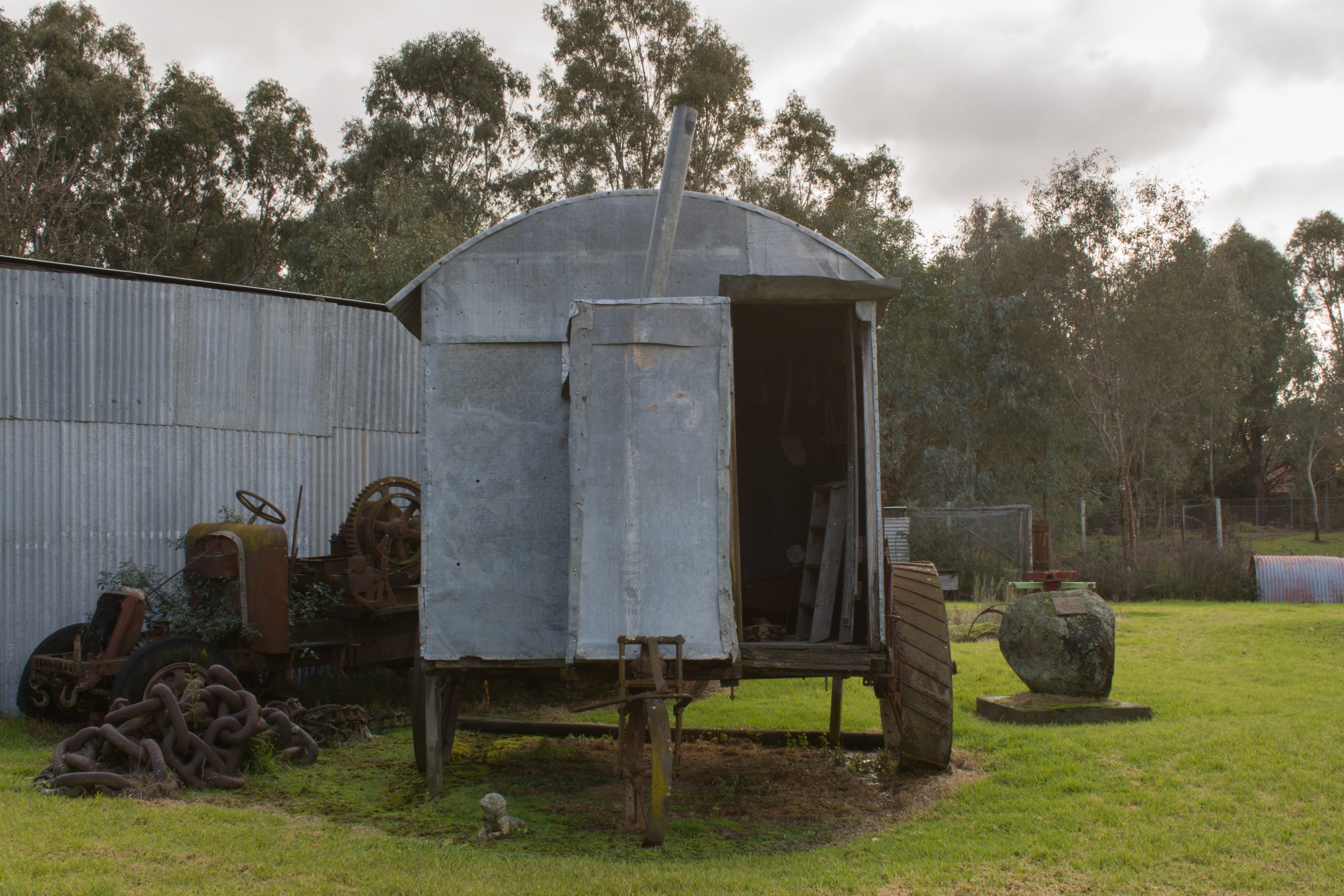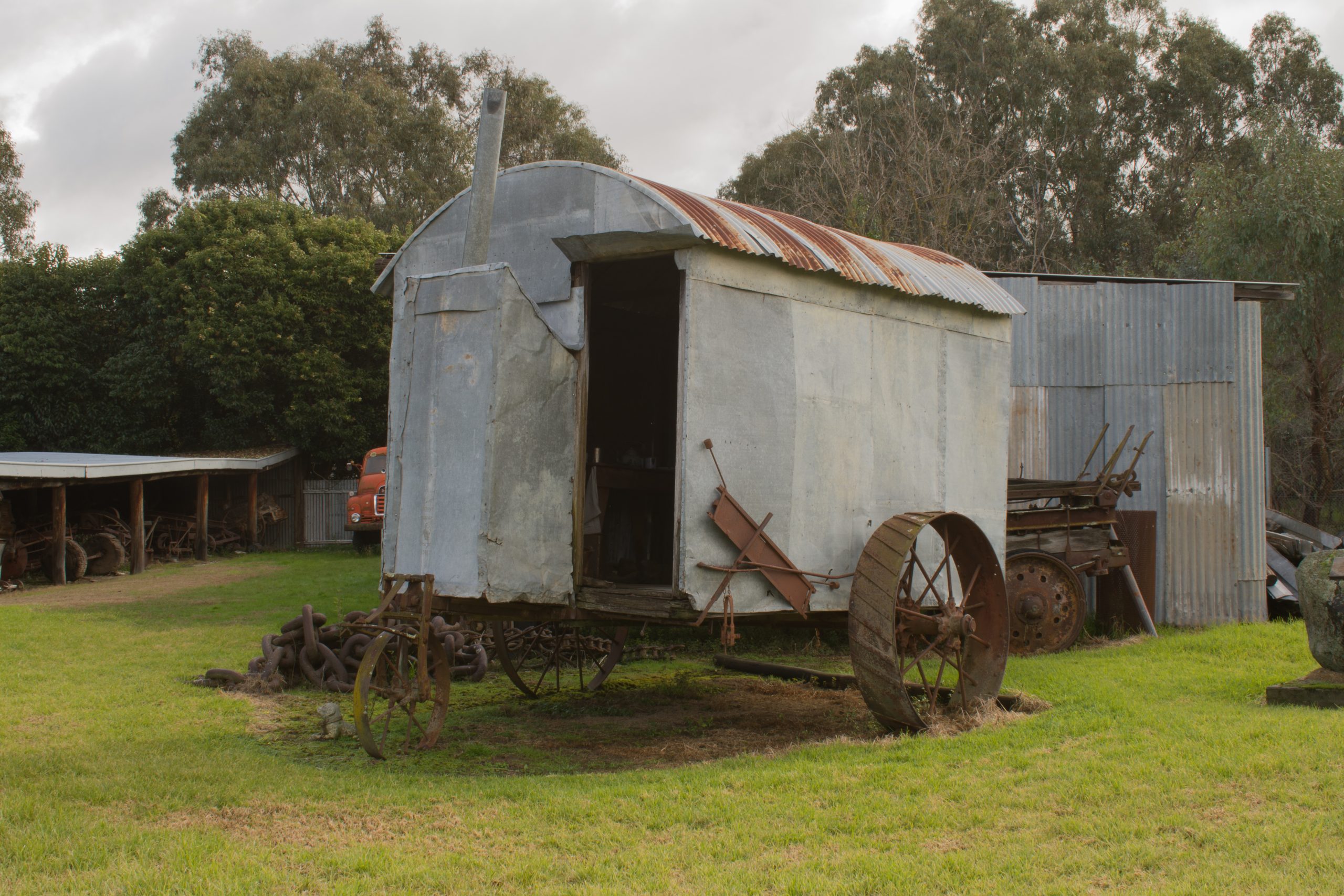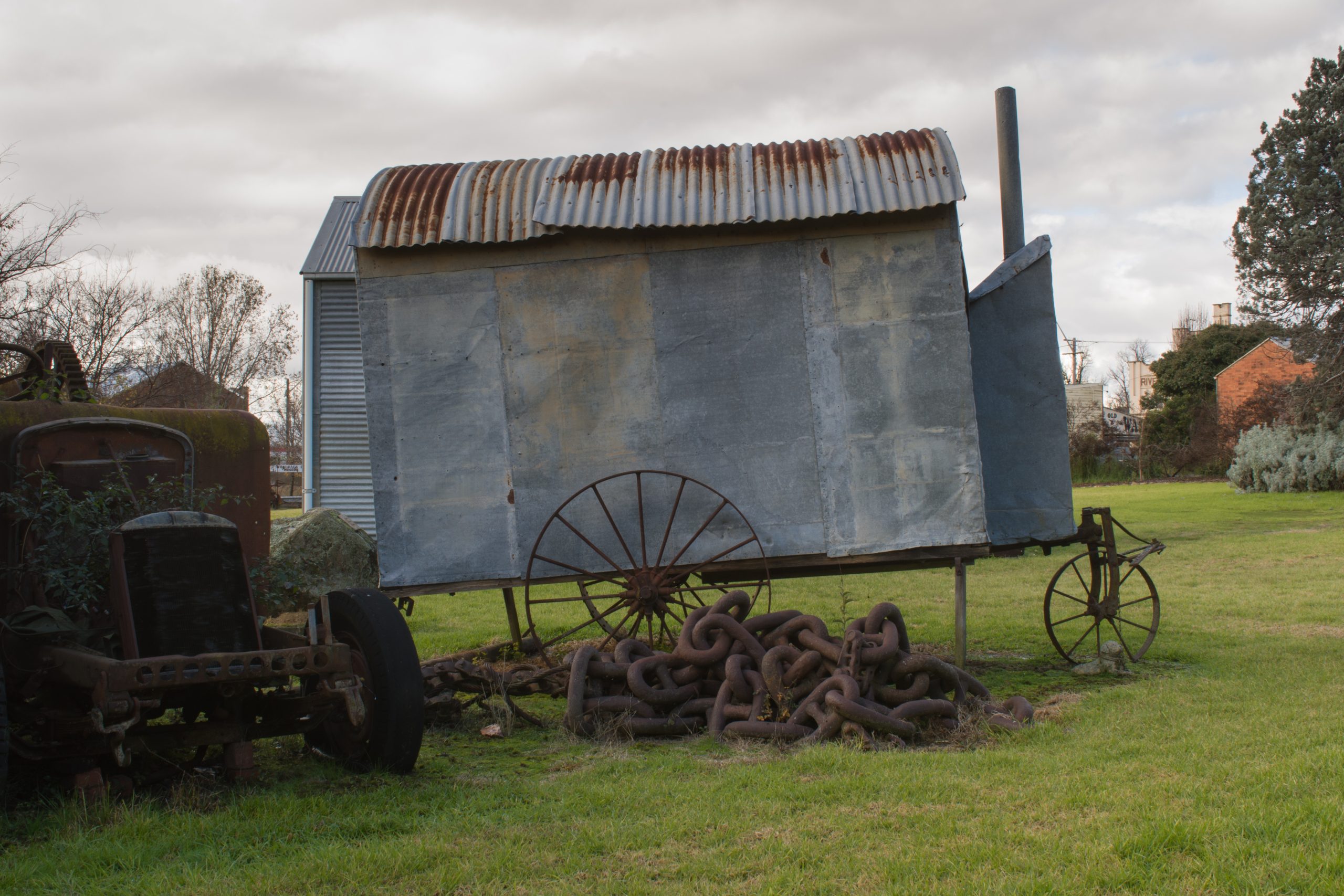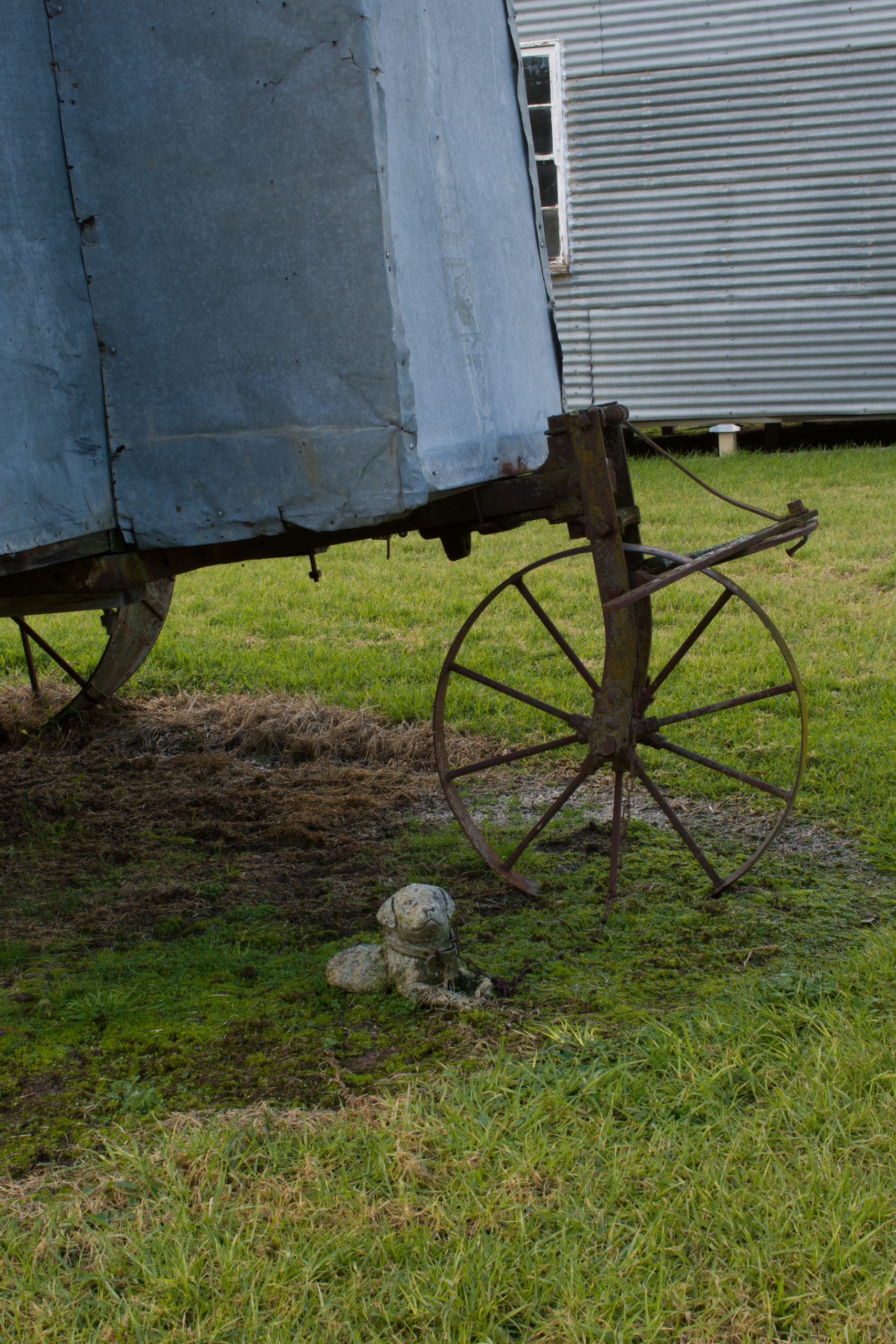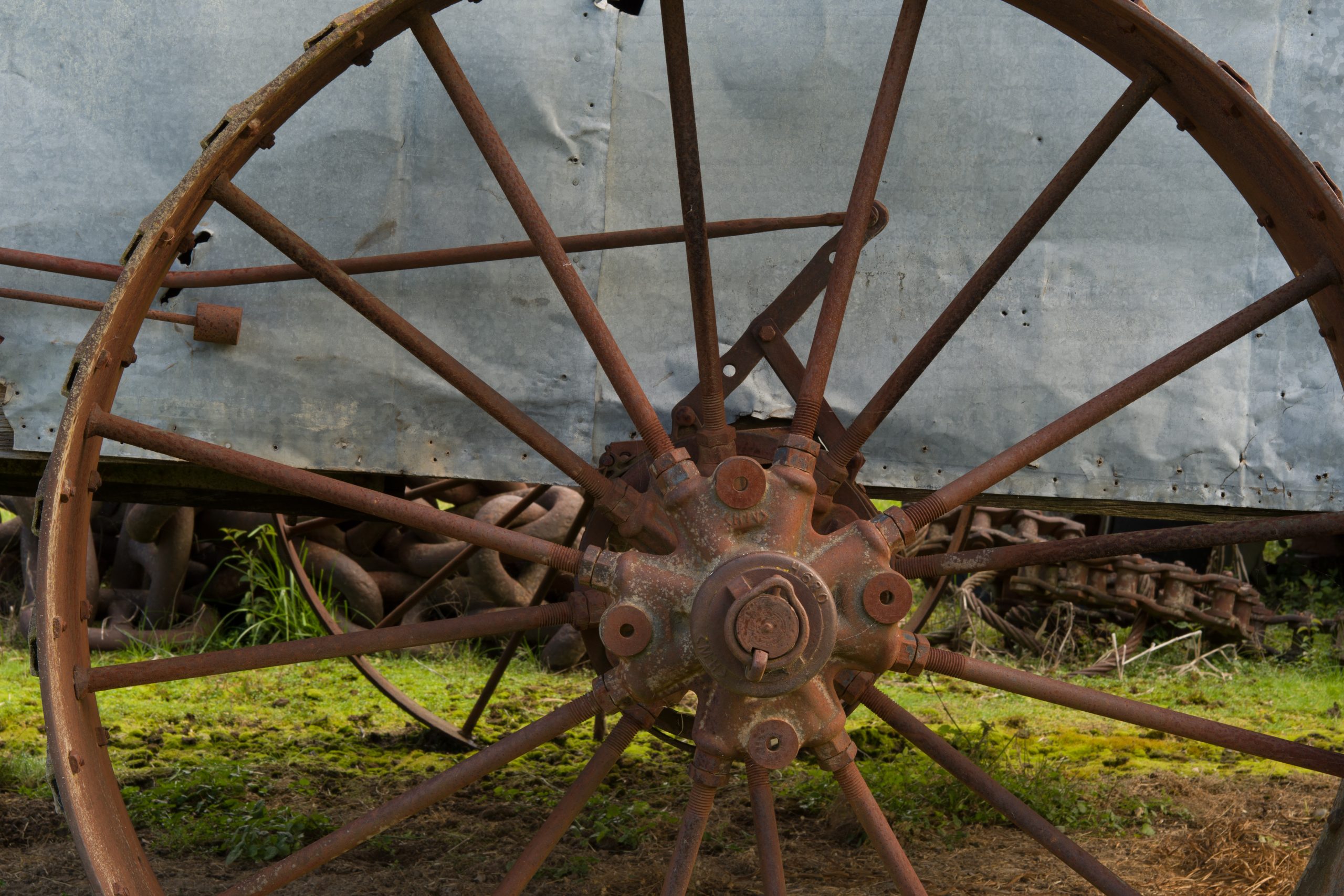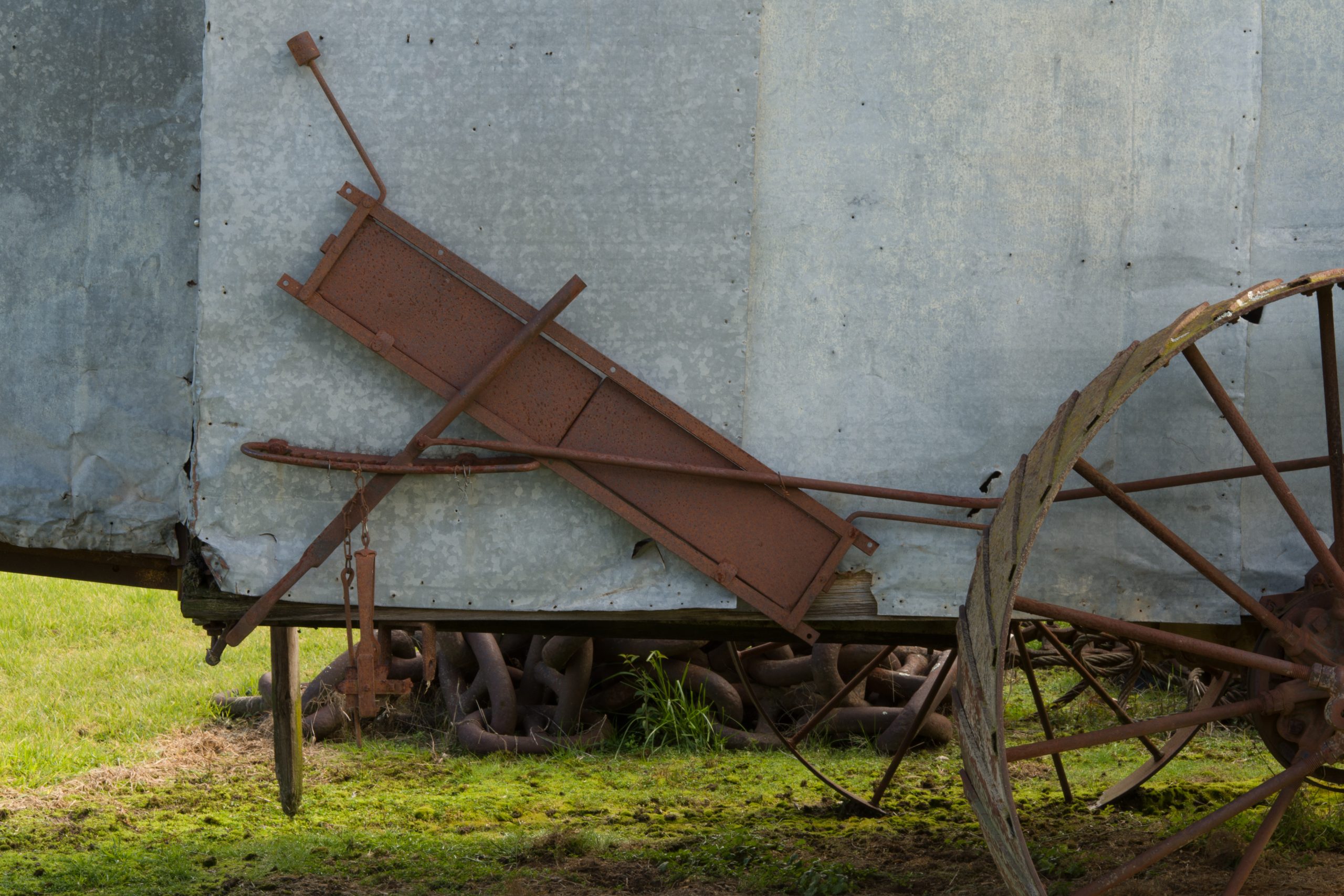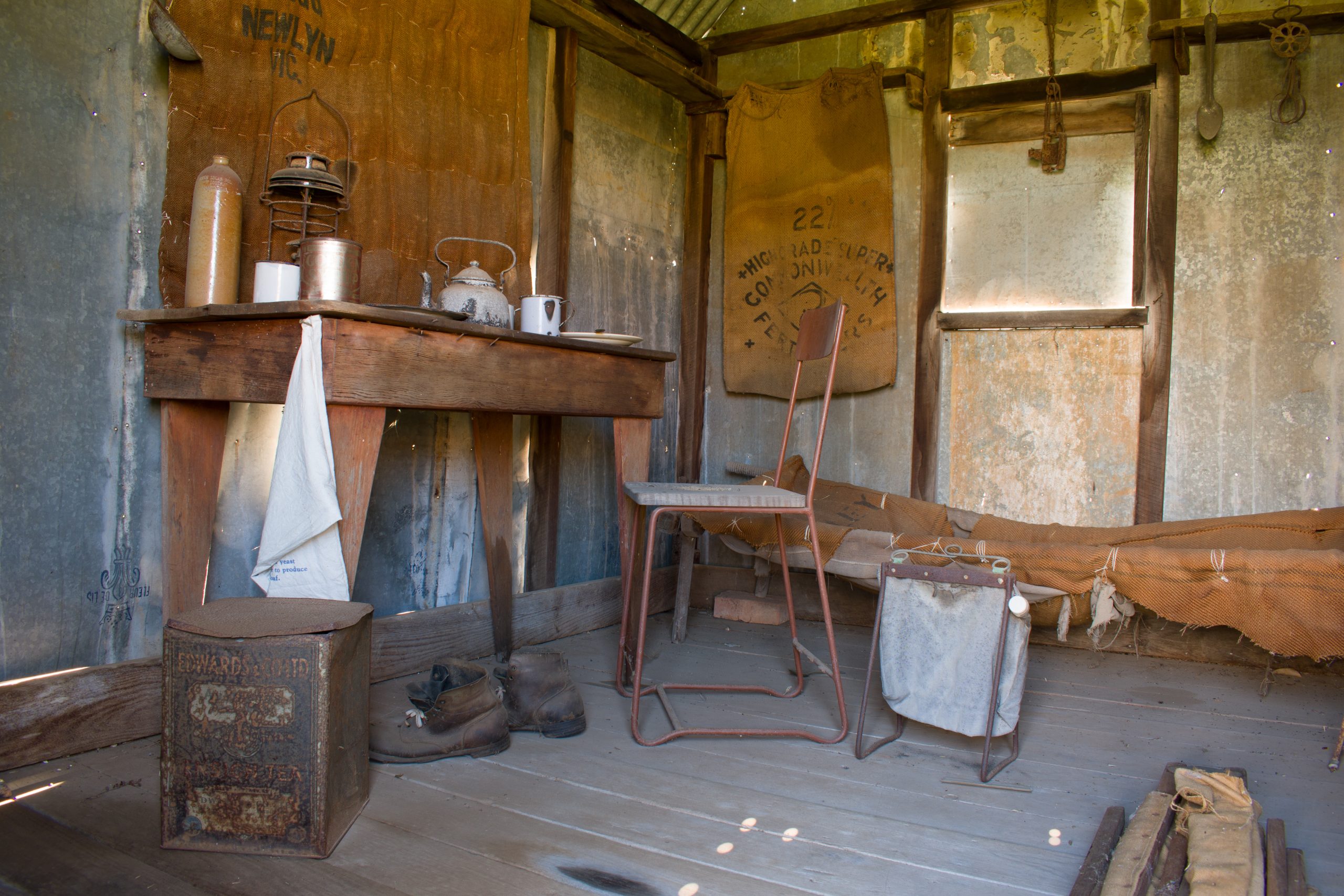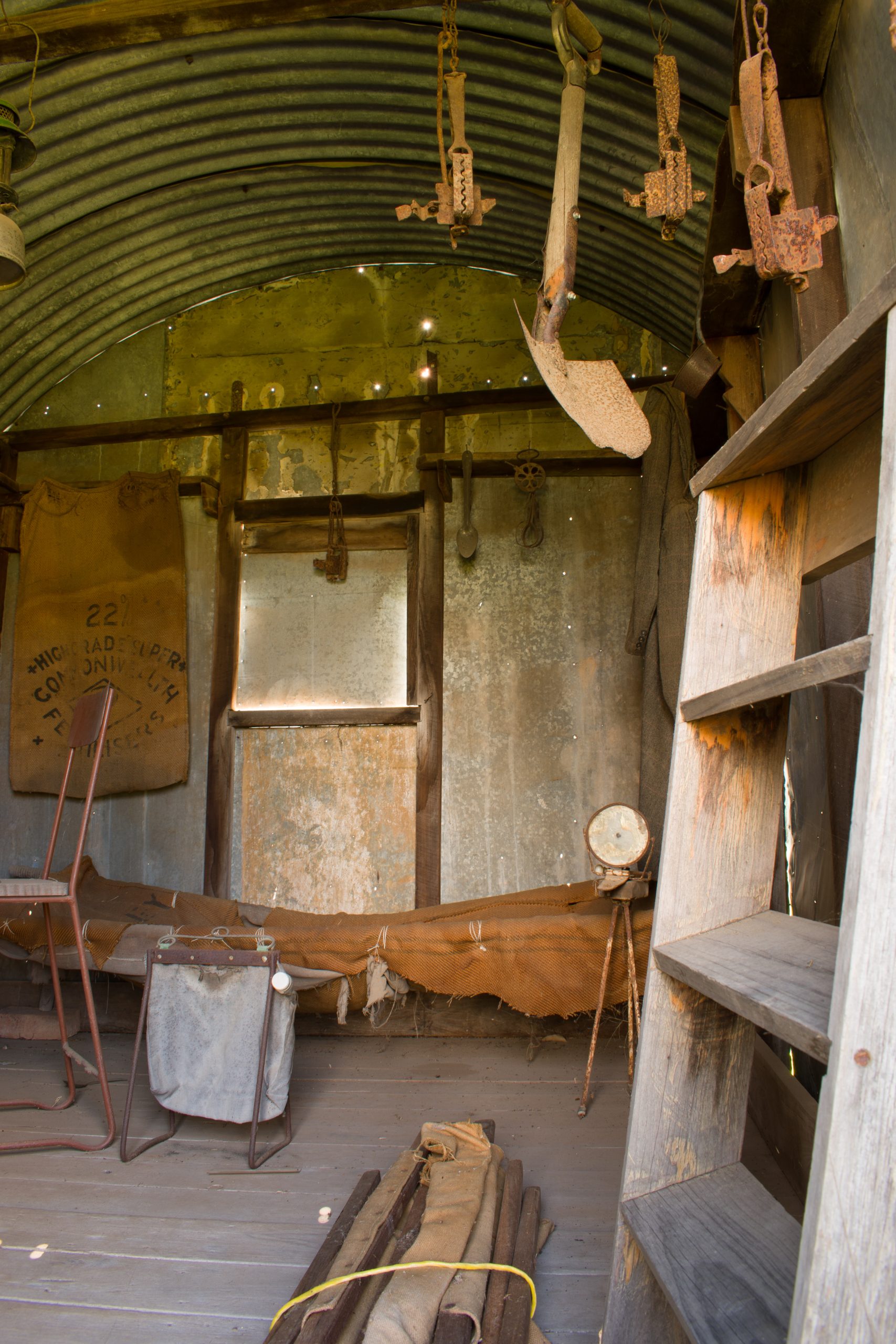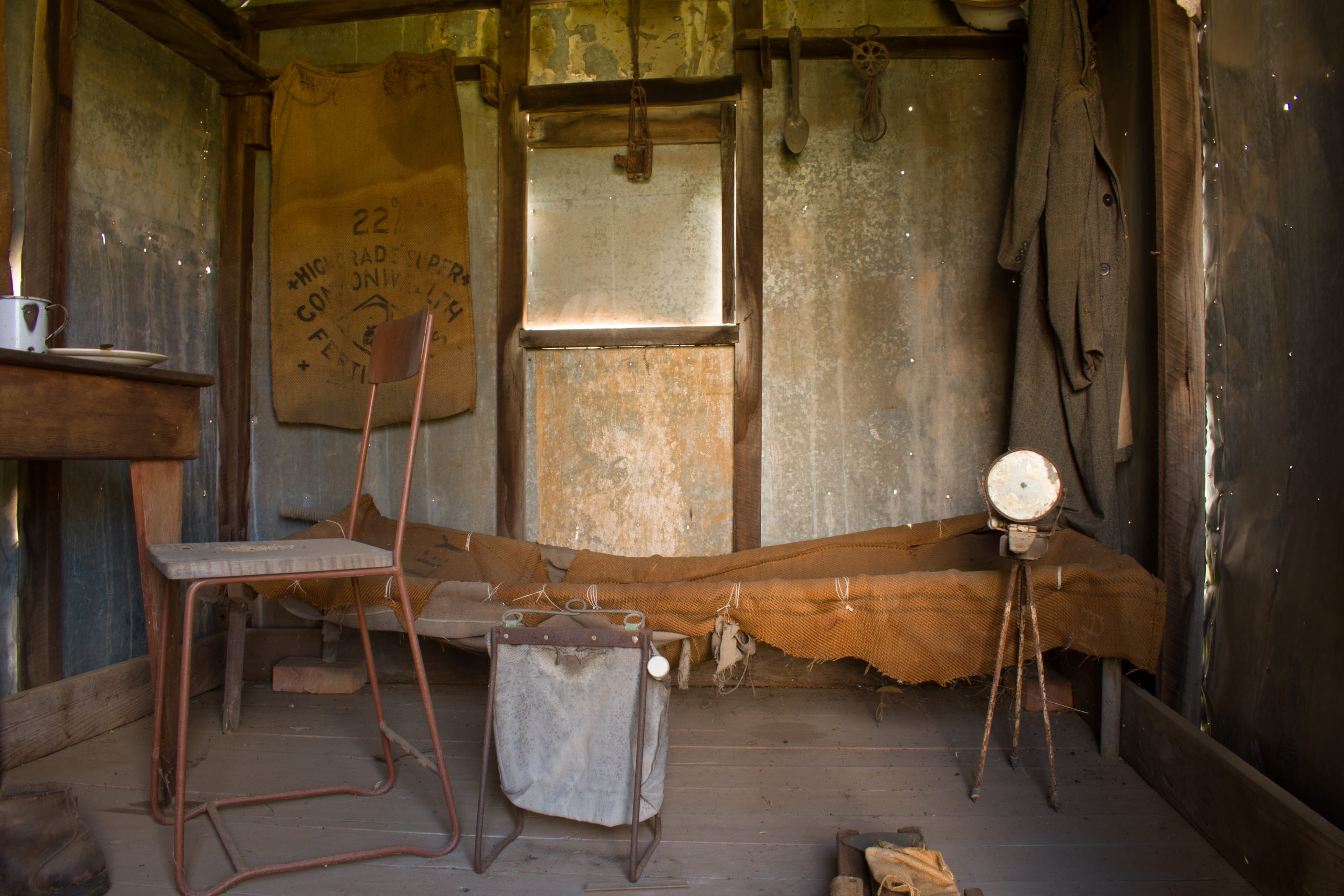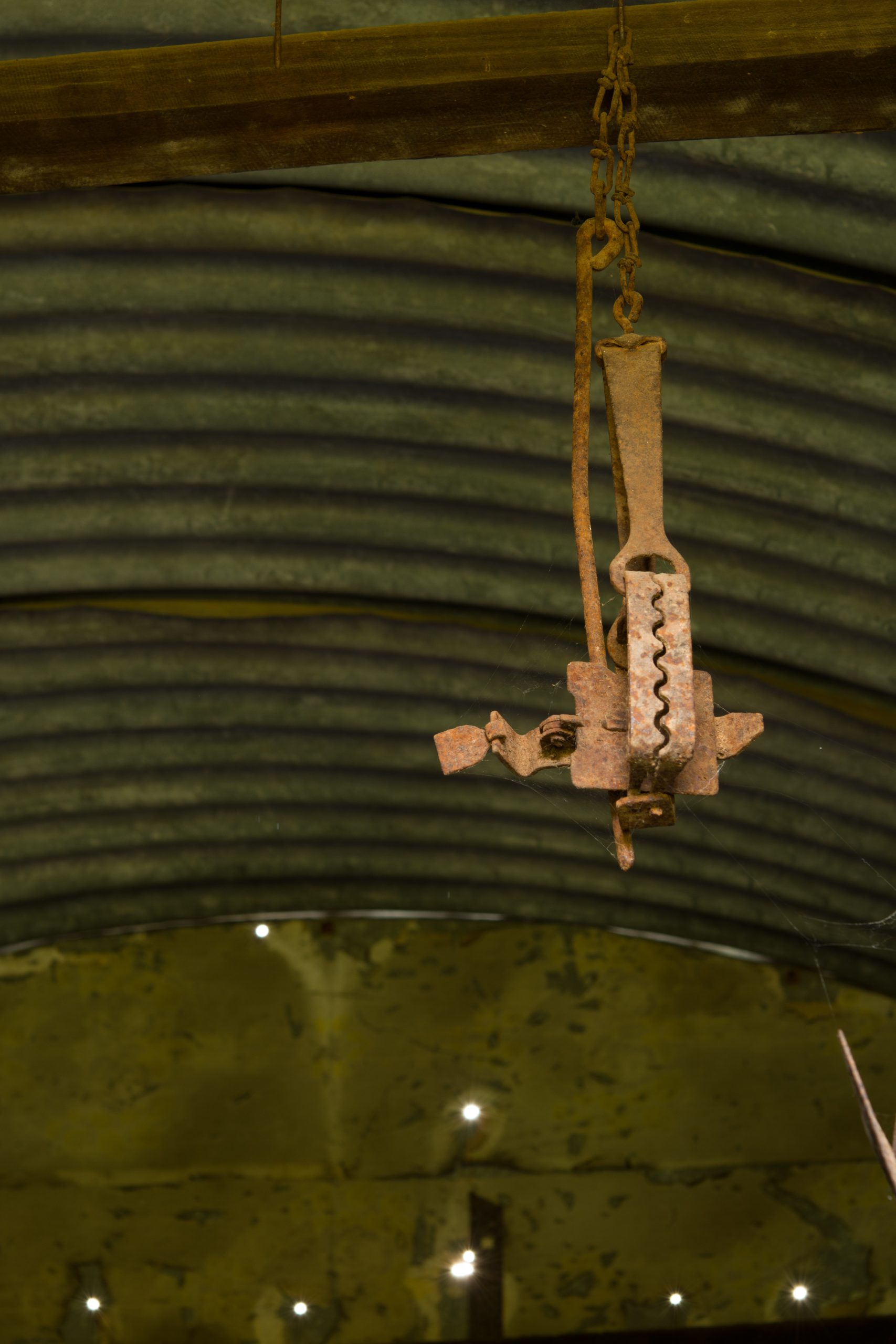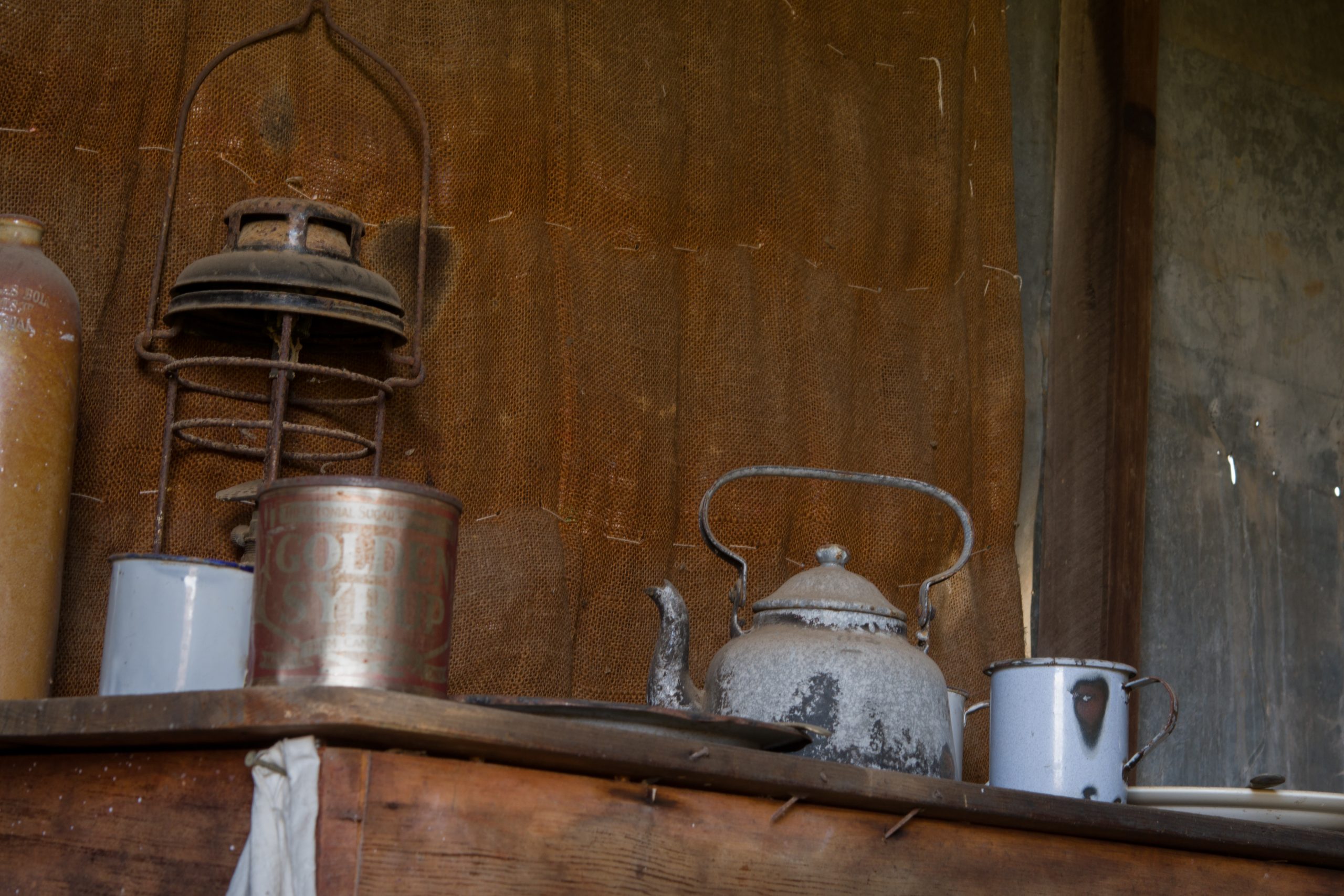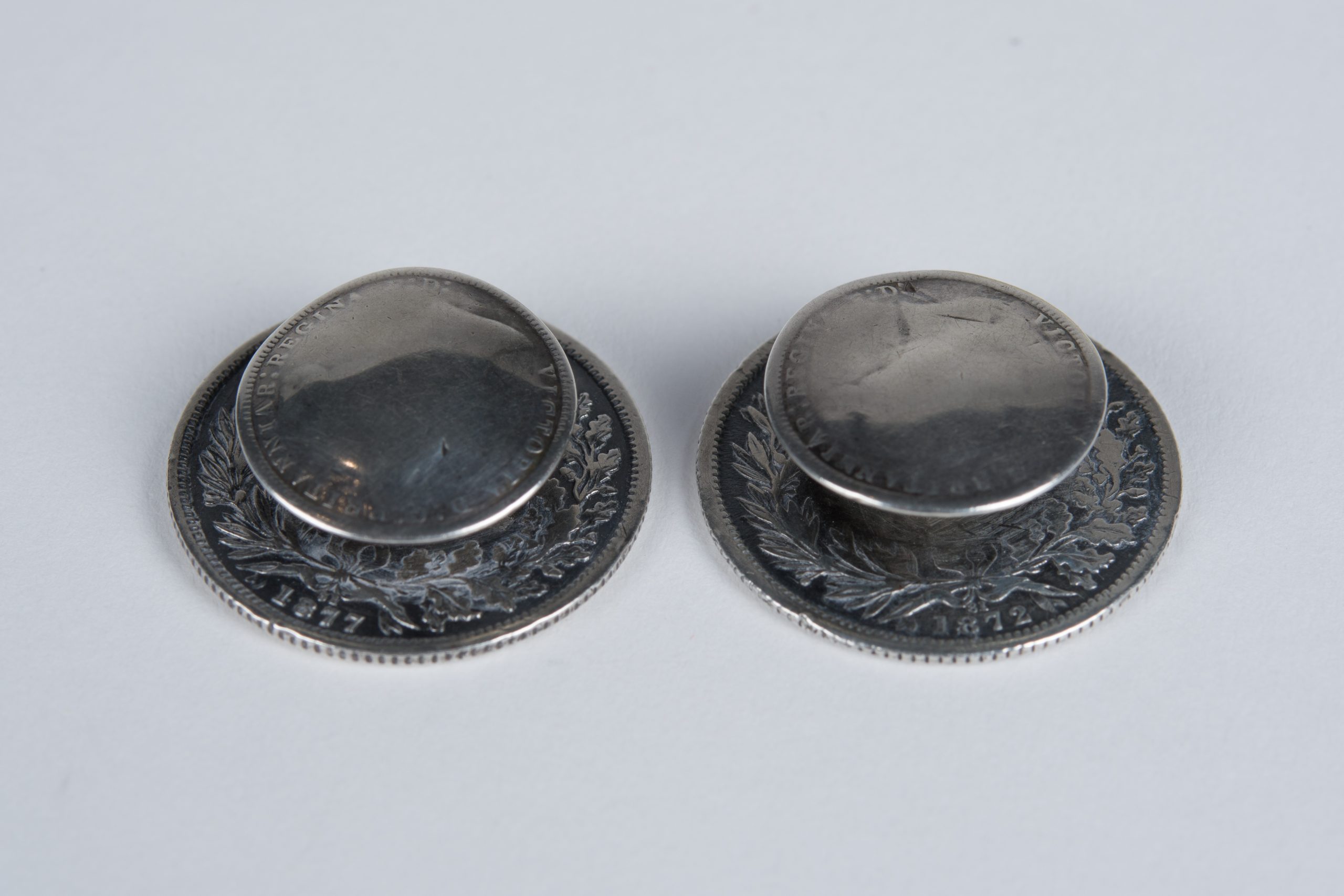Underground Mutton and Rabbit Fur Capes
Rabbiting in Relative Luxury
The story of rabbits in Australia is usually related to James and Thomas Austin’s notorious success in releasing rabbits in the colony of Victoria in 1860. Earlier attempts in New South Wales had failed, but by the 1880s the rabbit population of Victoria was spreading north and starting to cause concern amongst farmers and pastoralists in NSW.
A whole economy evolved around attempts to eradicate rabbits, including the sale of rabbits and rabbit-based products. Advertising for rabbit-proof fencing, poisons, and ‘rabbiters’ (people employed to clear properties of rabbits) became commonplace. This wagon belonged to one of those rabbiters.
As farmers were fined if rabbits were found on their property, rabbiters were in high demand and well-remunerated with salaries of up to £7 per week offered. Rabbiters were assured of an income even during the hardest of economic times as they could earn income from other tasks, like selling skins to fur manufacturers or selling ‘underground mutton’ door-to-door.
This wagon provided the owner with a substantial advantage over other rabbiters. It included their accommodation, with a stove for cooking and warmth, whereas most camped out or relied on their employer for accommodation. The tractor wheels provided them with access to harsher ground that normal wagon wheels could not traverse, enabling them to travel to where the salary on offer was greatest.
The introduction of myxomatosis in the 1950s as well as changing tastes in diet and fashion combined to slowly destroy the rabbiter’s livelihood. But before then, this horse-drawn wagon may have been retired in favour of a motorised option – a touch more luxurious.


